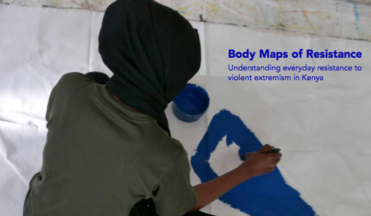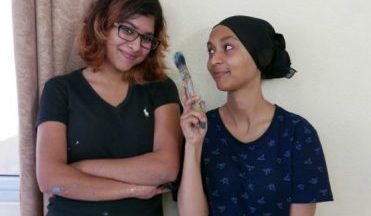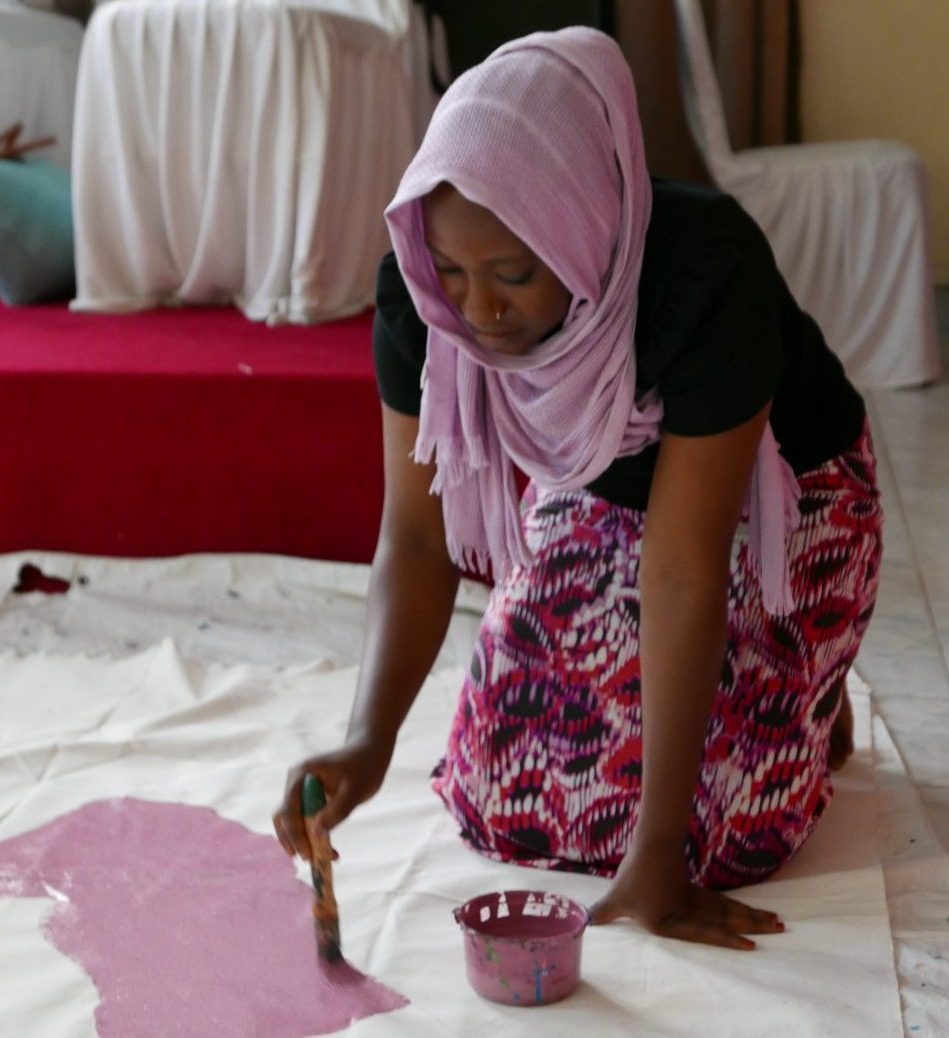


Arts as a Tool for Social Change
Art-based methods are transformative because of their potential to build trust and challenge stereotypes and misconceptions; they also helpfully engage participants in the creation of situated knowledge about their lives.
Heart's Story
About the Project
This project seeks to understand and redefine violent extremism from the ground up based on community’s understanding and experiences of this phenomenon. The project uses both gender and intersectionality perspective in order to explore how gender and other identity markers influence experiences and perceptions of violent extremism. In this project, we also focus on resistance to violent extremism at a community level. Narratives about violent extremism tend to focus on victimization, radicalization and violence. Although, stories of resistance to violent extremism are rarely heard, within communities, living with the threat of violent extremism, men and women alike are engaged in a process of everyday resistance.
The choice of the framework of everyday resistance is largely dictated by our bottom up approach to understanding violent extremism as a phenomenon. Unlike, the more widely used concept of resilience, resistance captures power relations and struggle against oppression. Resistance only exists in relation to power and not in a vacuum. The framework of every resistance is also appropriate because it includes mundane, subtle, ordinary and often personal acts of resistance.
This project is a collaboration between academics from the University of Leeds University and Coventry University in the UK and The Technical University of Mombasa and Art2Be in Kenya. The project uses body mapping as a participatory art-based method to understand men and women experiences of violent extremism and resistance to it in the everyday.

